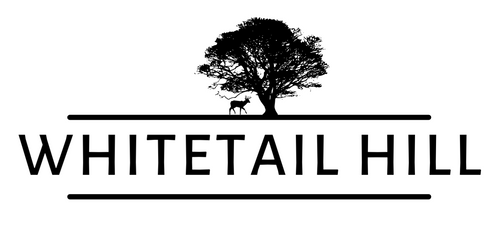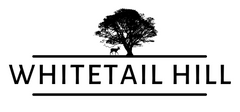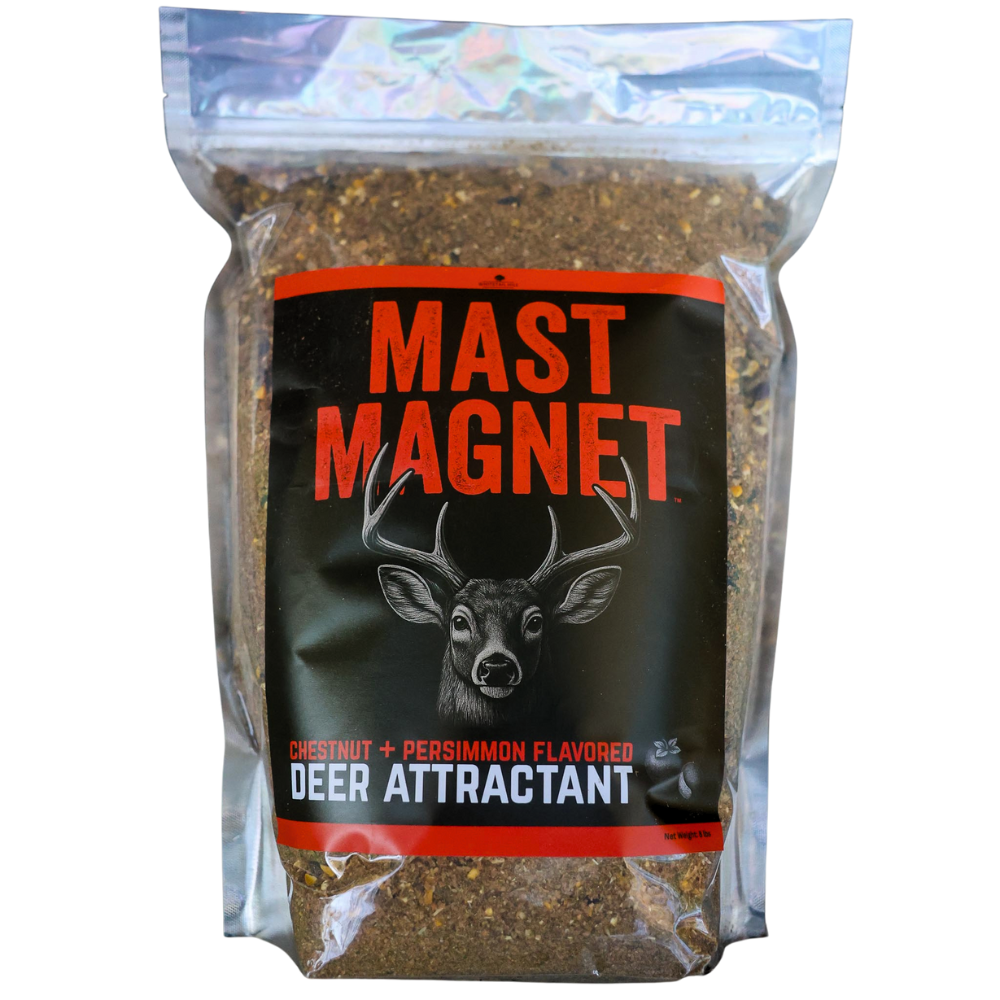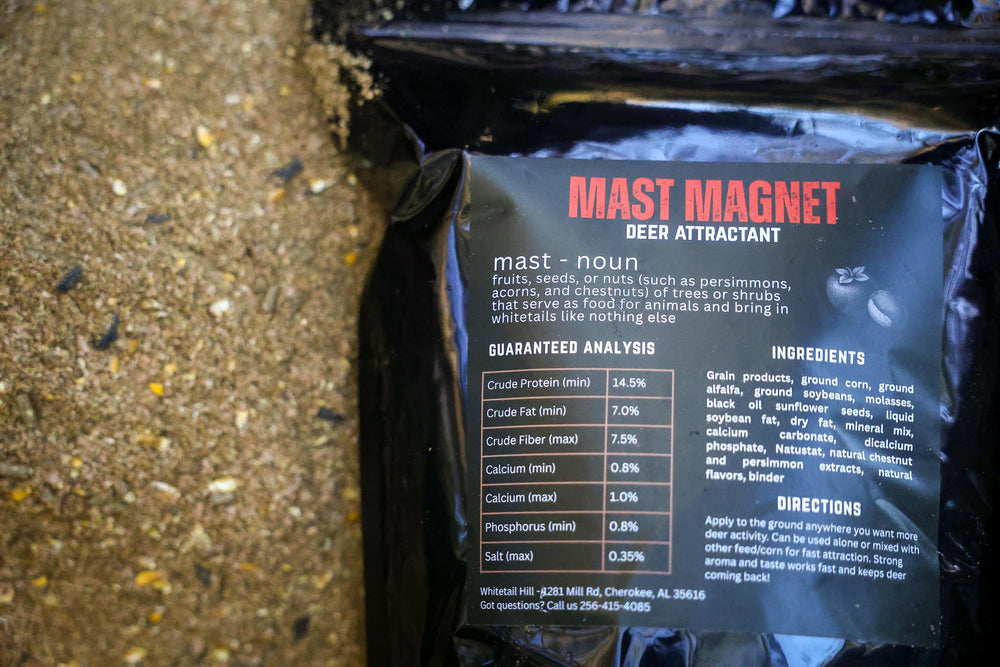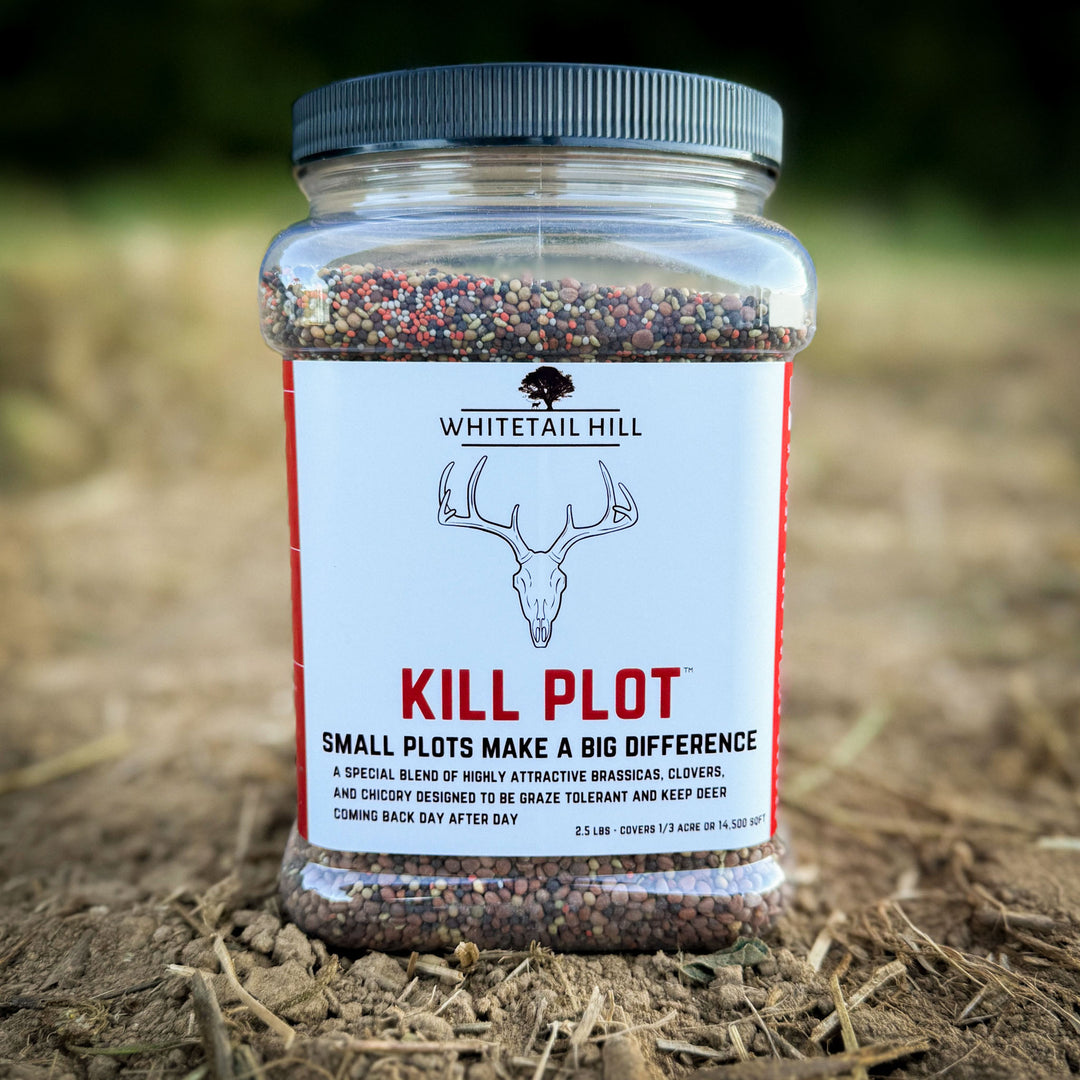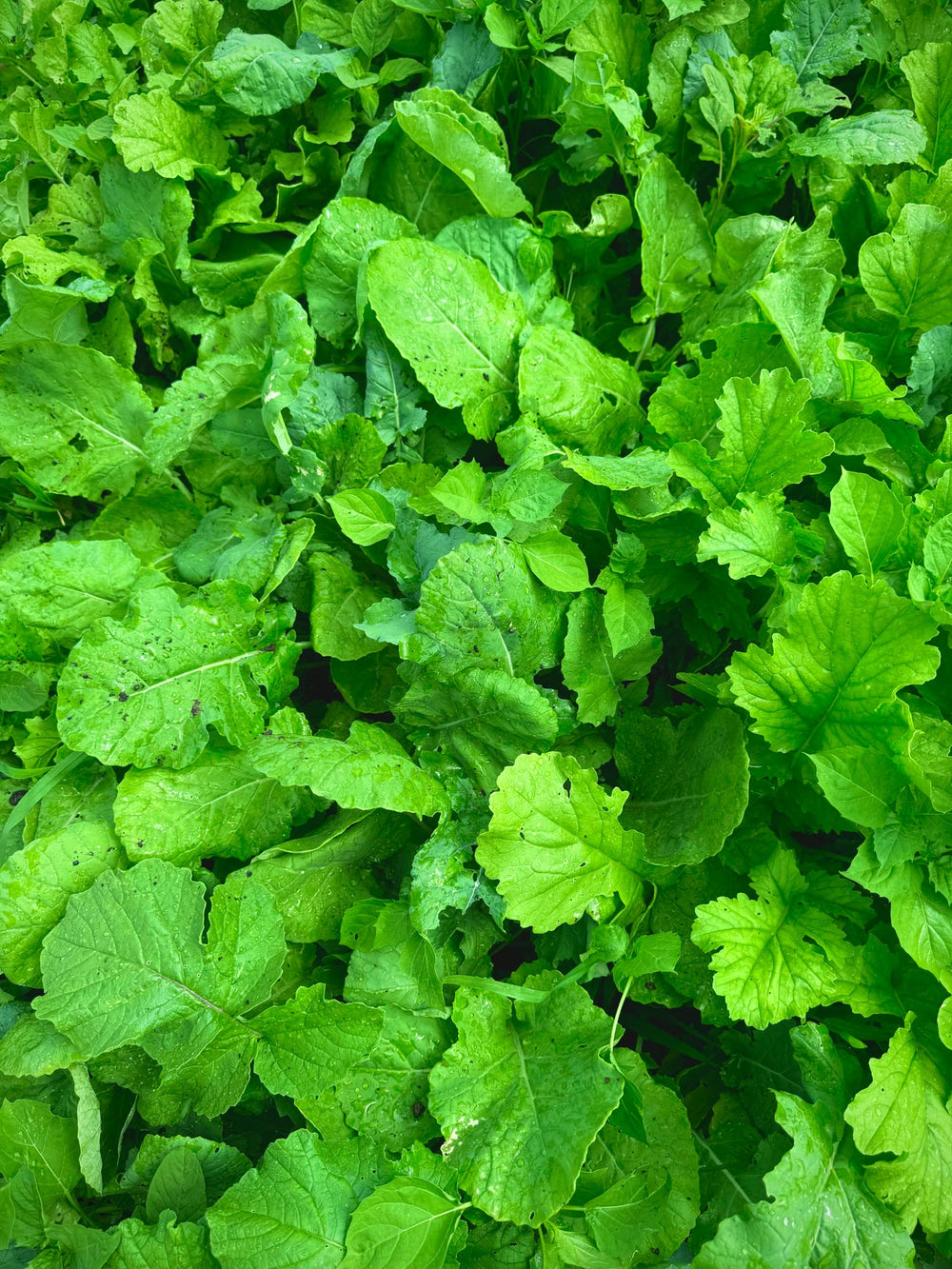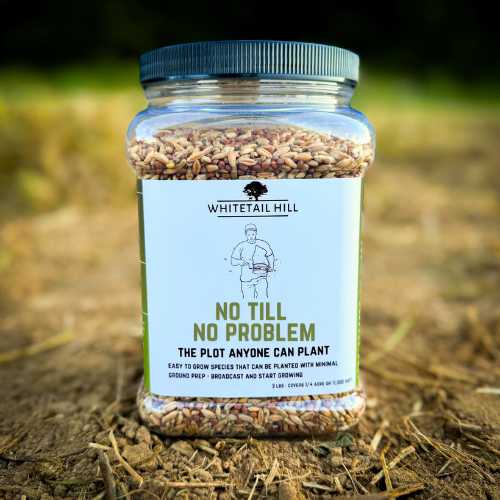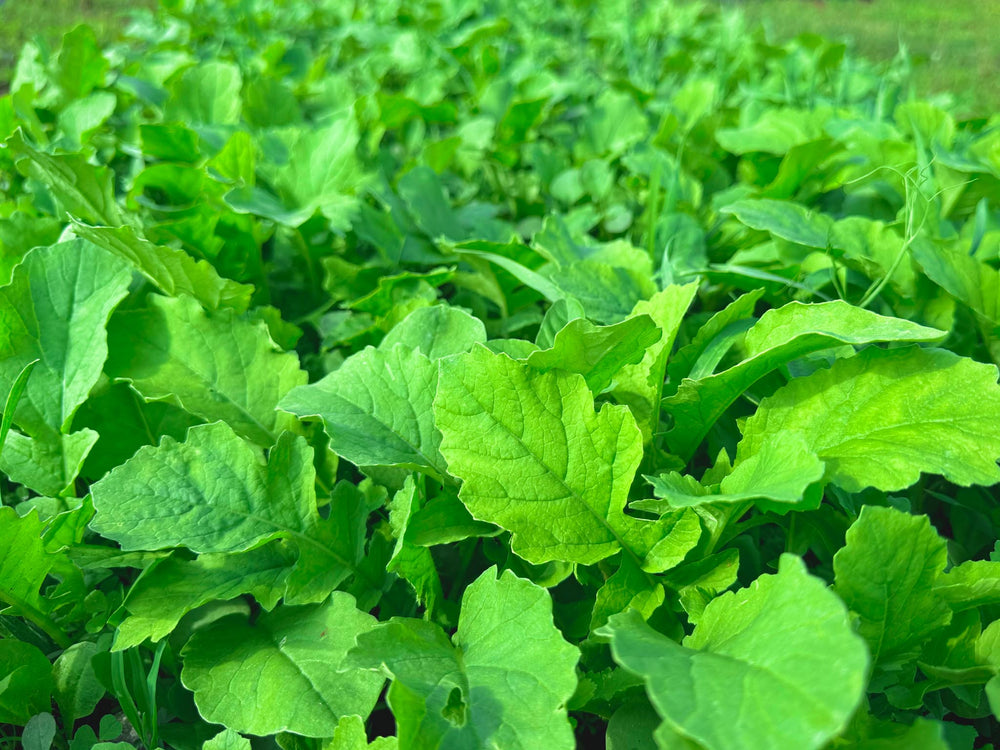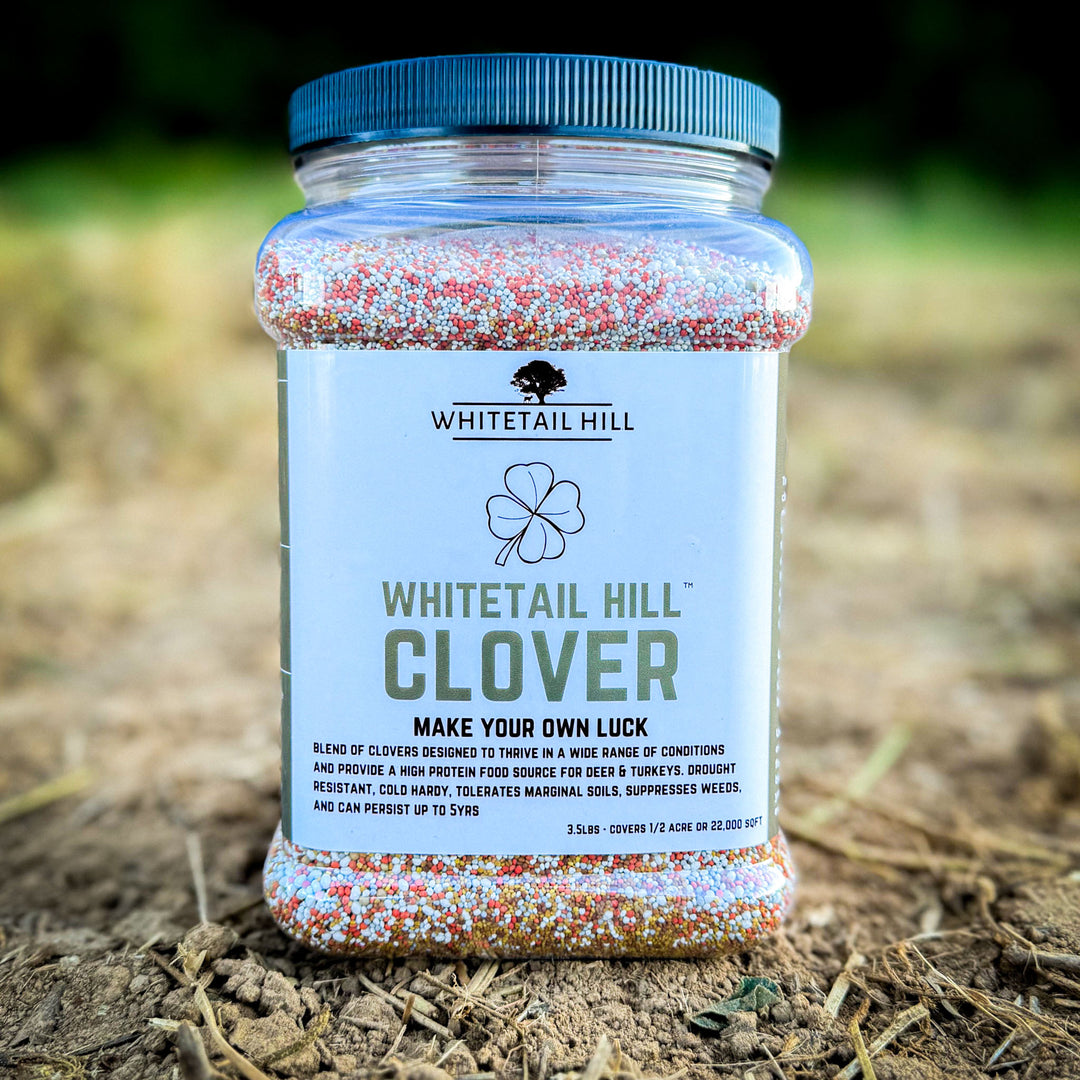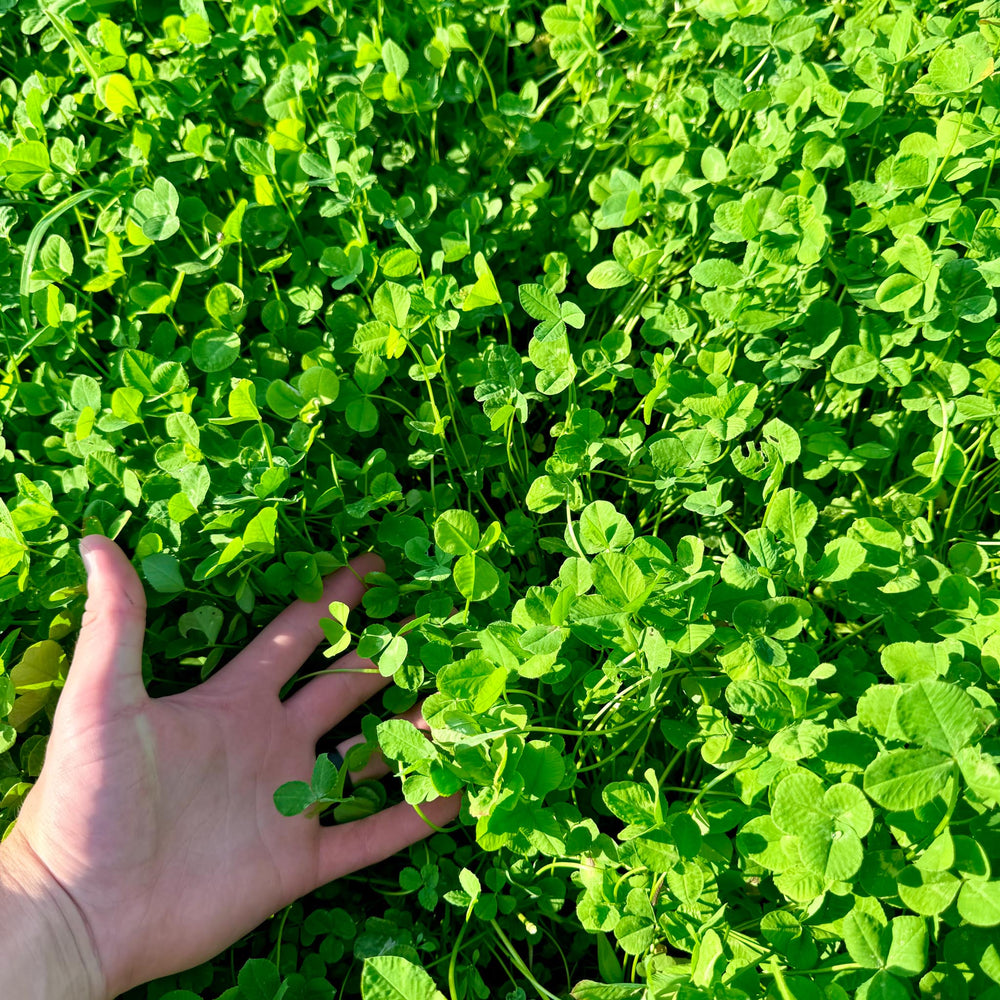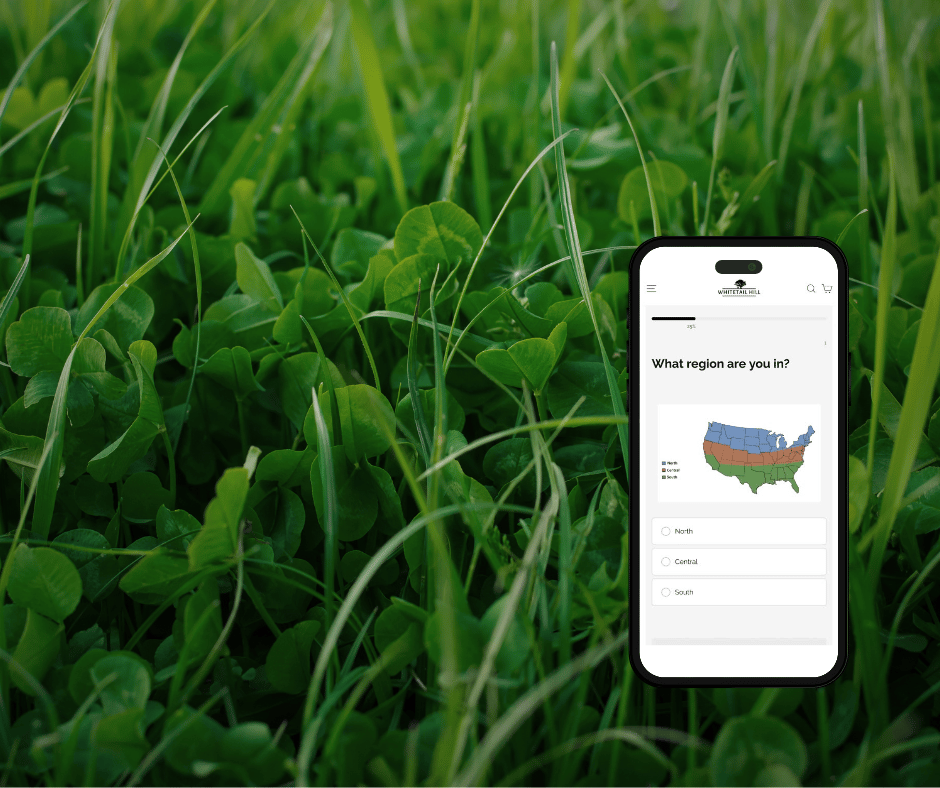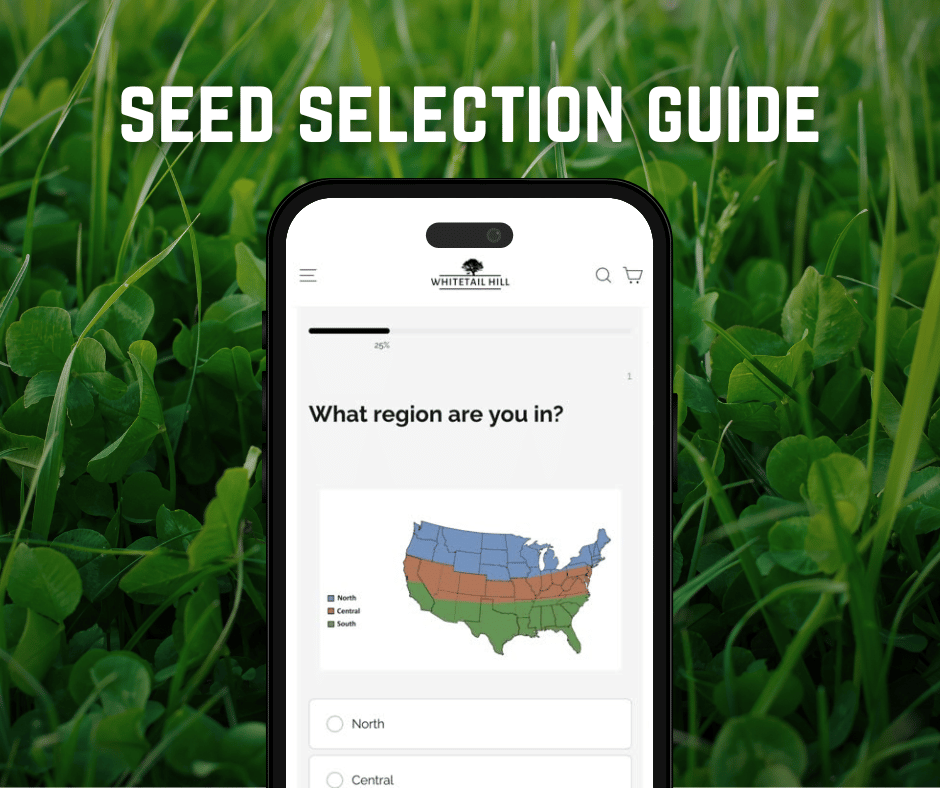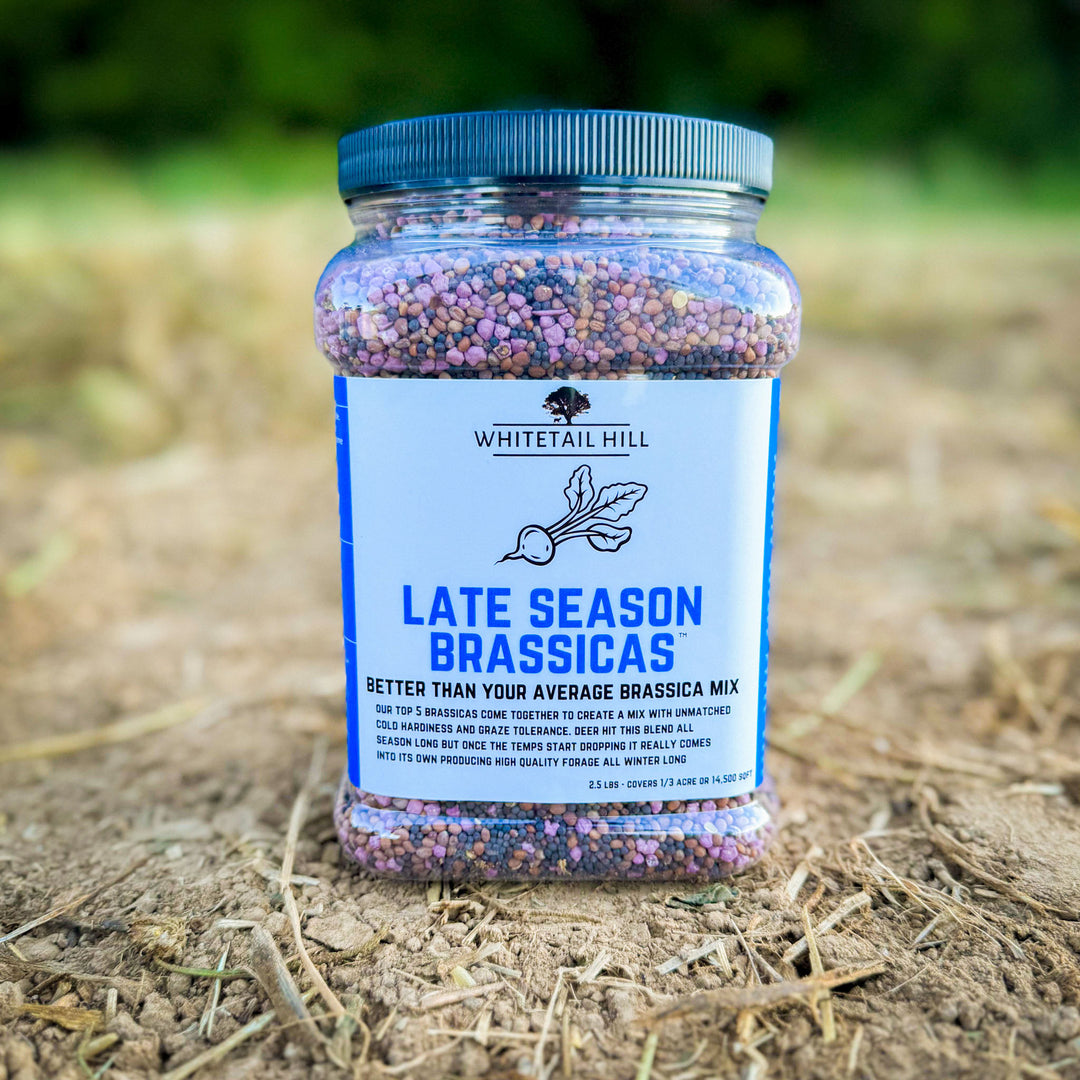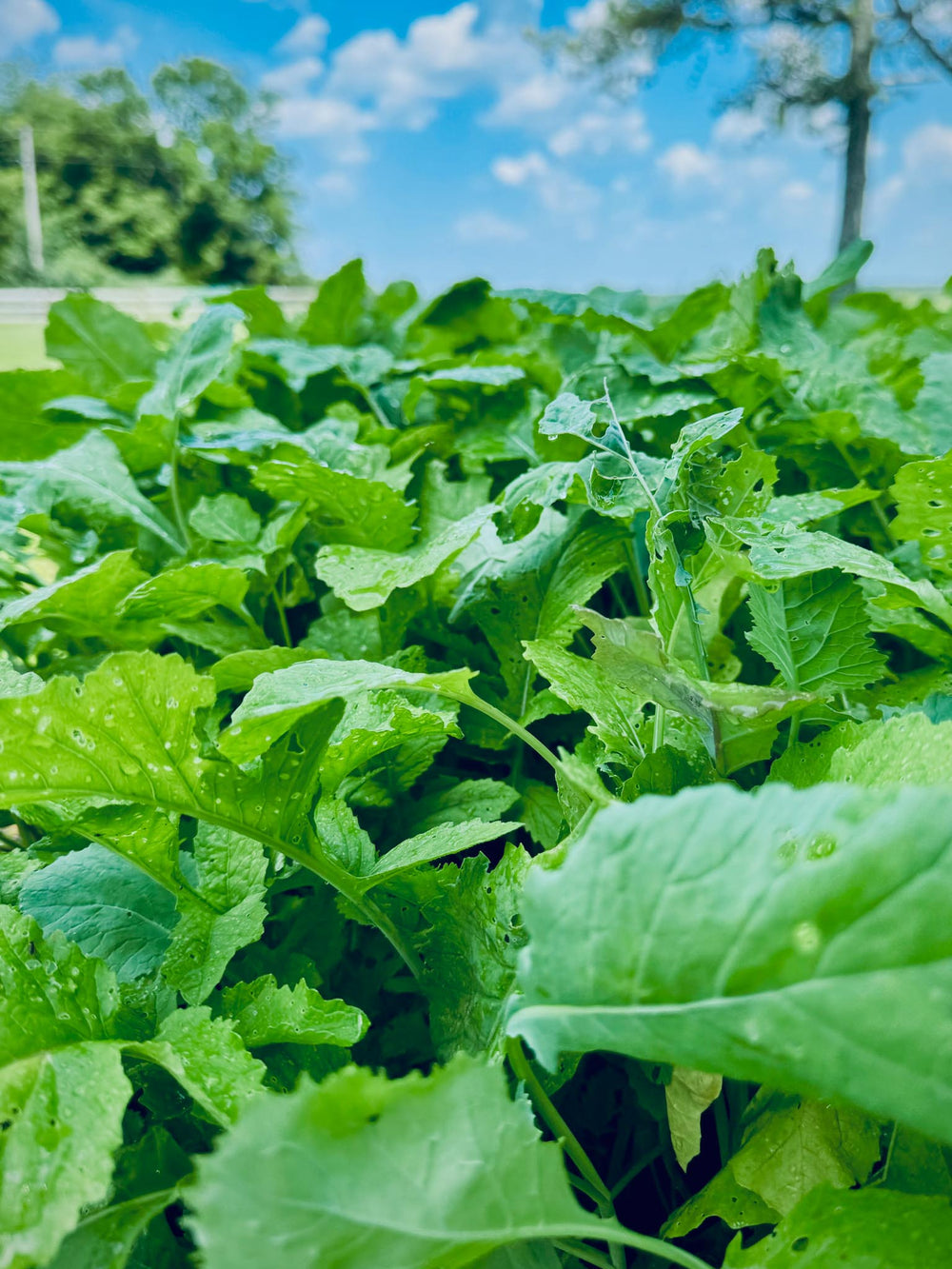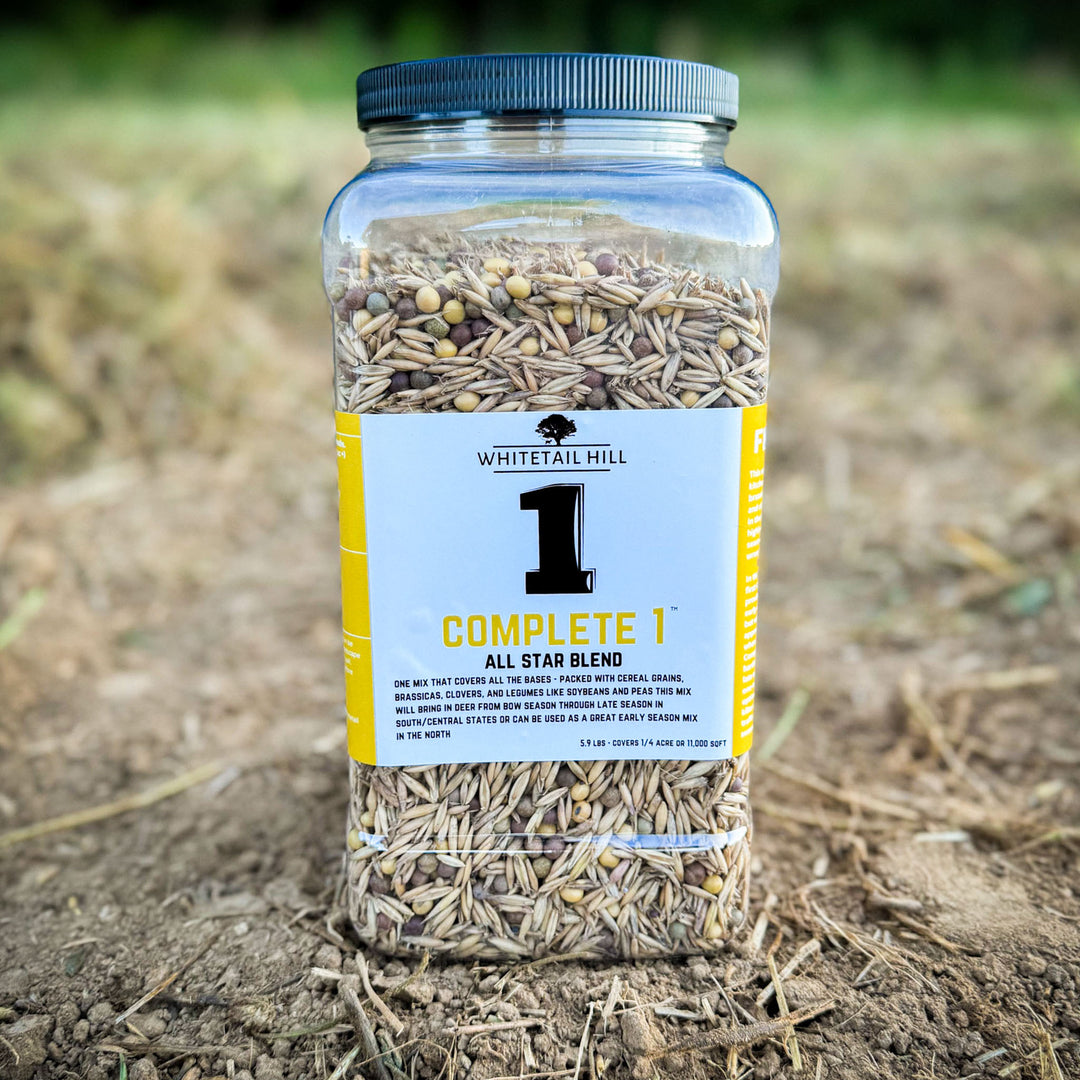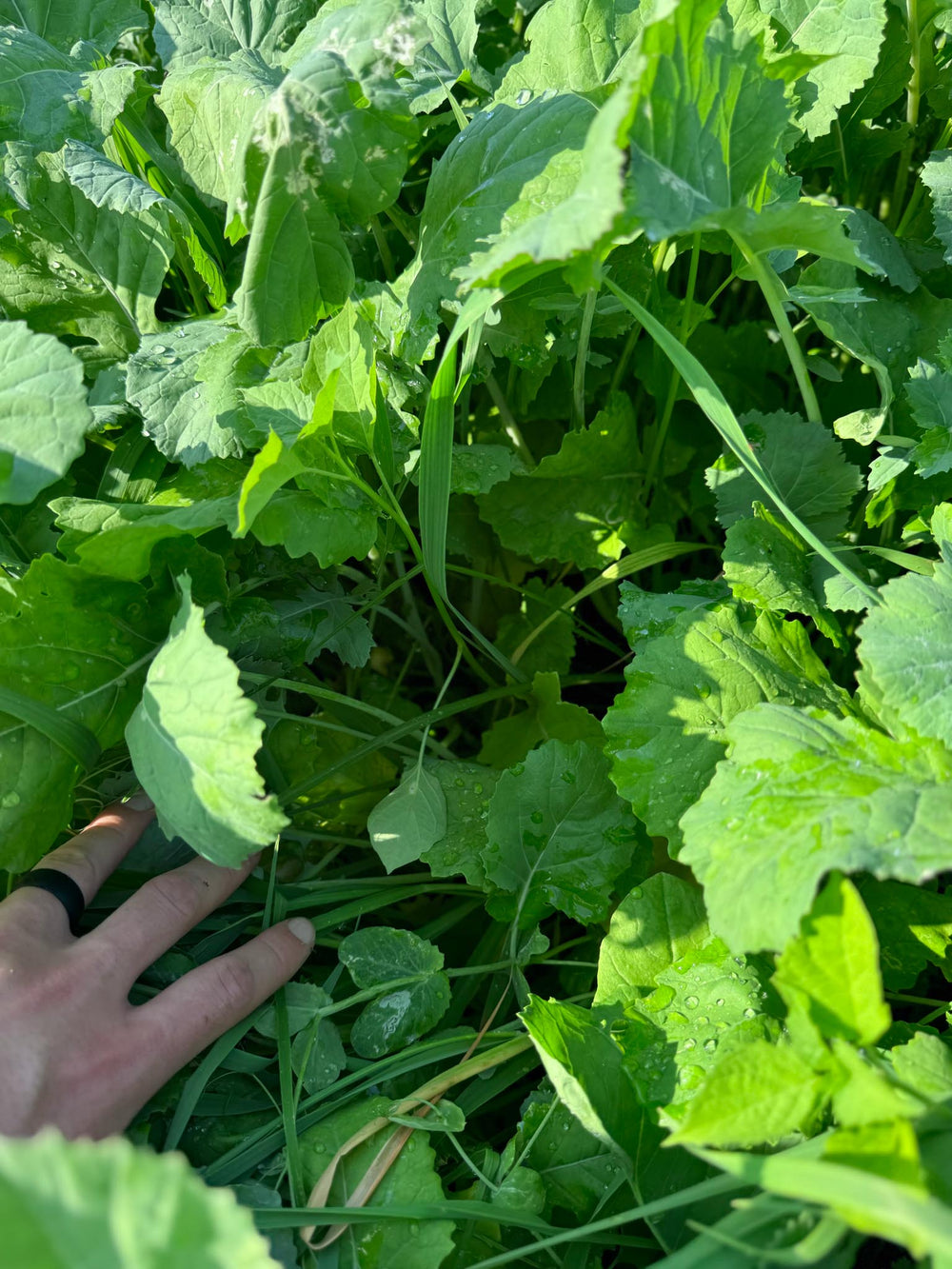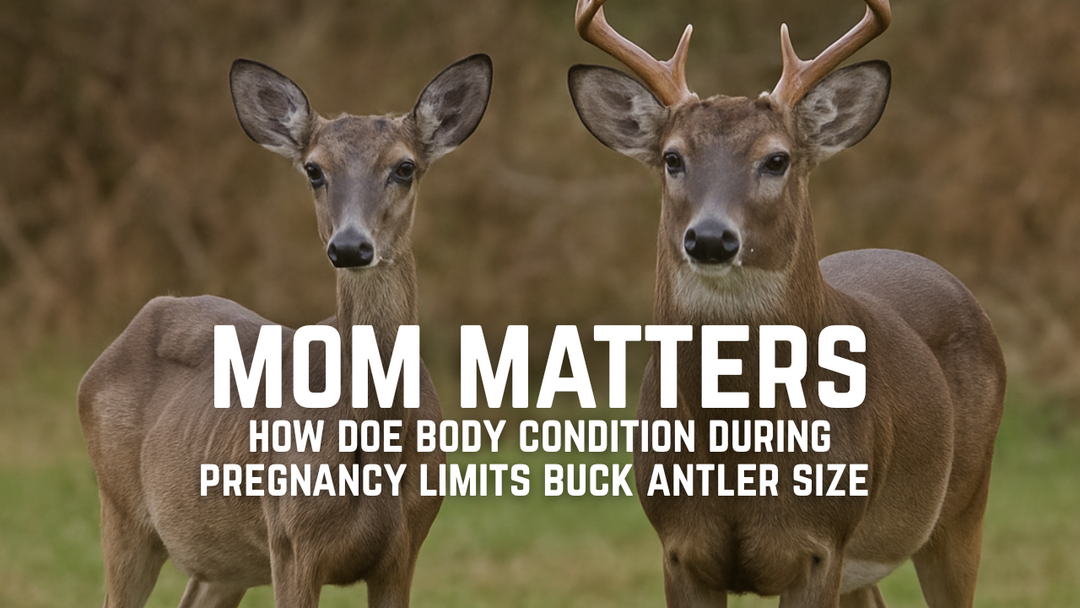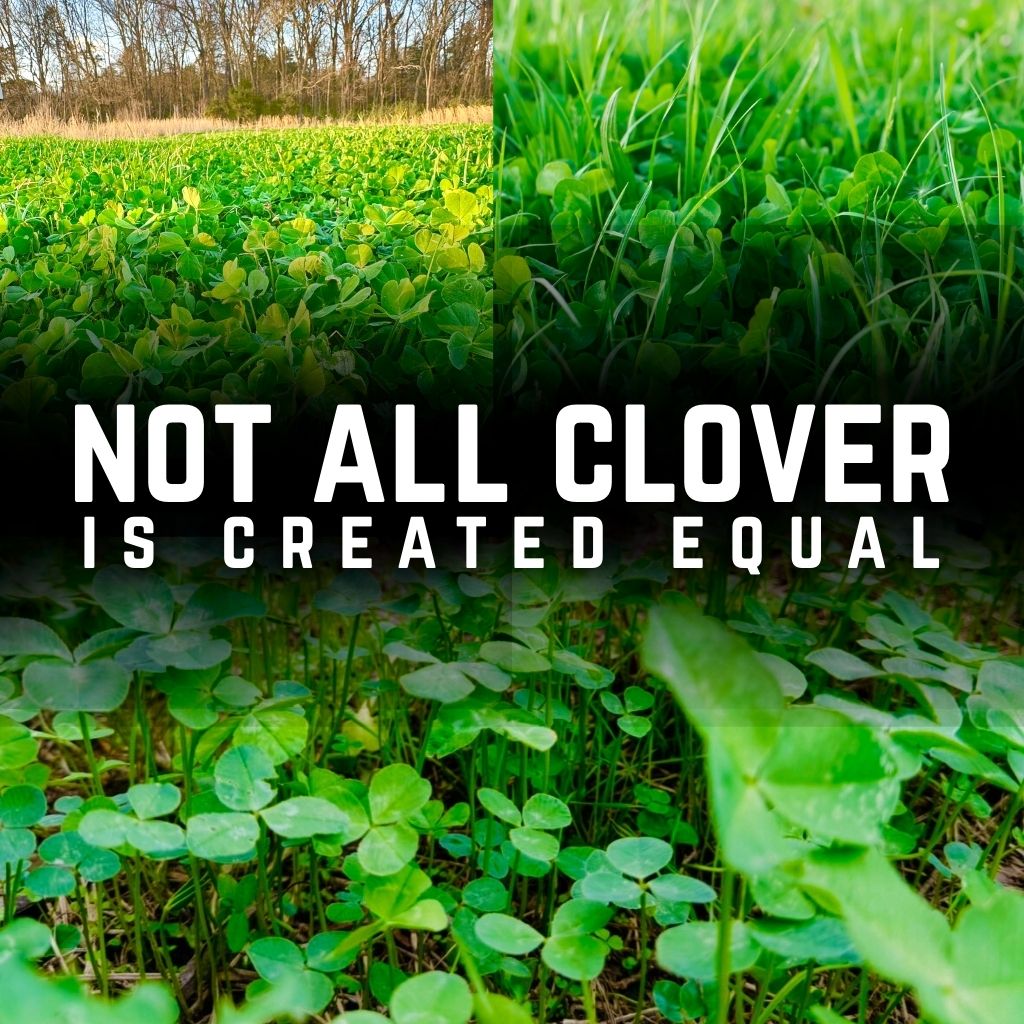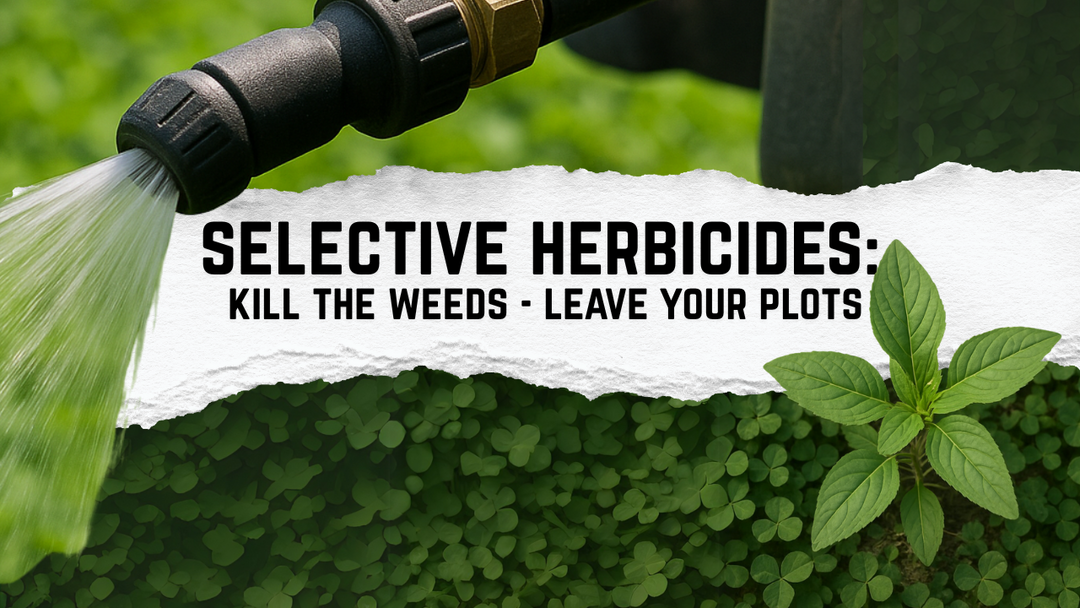Kill Plots vs. Destination Plots

Every whitetail hunter knows just how fun it is to sit in a blind or tree stand on the edge of a food plot on a bitterly cold day. They seem to become magnets to deer because they need the additional calories to get through those harsh cold fronts, especially in the northern states. Food plots are key elements to management plans for landowners all over the country to help support their deer during the fall, winter, and even the warmer months of spring and summer. While simply having food plots on your property is a great way to supply your deer with optimum nutrition, it is extremely important to know where those food plots should be located if you want to maximize your success hunting over them.
The problem many landowners face is simply not knowing how to strategically place food plots to promote deer usage during daylight hours, and even how large or small to make the plot itself. Many people think the best method is to have one or two large destination plots on your property to feed your deer. Others think it’s best to have a few small kill plots so you can concentrate your deer in smaller areas. So who’s right? The answer, both! Establishing both kill plots and destination plots on your property is the most effective way to increase your hunting success over food. A general rule of thumb is to have between 5-10% of your property in food plots. Each kind of plot serves a different purpose and deer use them both in different ways so based on your deer herd’s needs and your property layout you can decide how that should be divided between kill and destination plots. Now you just need to know where to establish each kind of plot and you’ll start seeing more deer and have more success in the field!
Kill plots are a favorite among hunters, especially bow hunters. The idea behind the smaller plot size, typically an acre or less, is to provide an easily accessible food source for deer before they get out into the larger plots for the night and to concentrate your deer in a smaller area so that getting a shot off is much easier. Small, quiet food plots tucked away in the woods are great places to manage your doe population without alarming a lot of other deer, and also to catch those big mature bucks cruising during the rut. A lot of times during the early/mid fall, mature bucks won’t use destination plots during the daylight. Instead they prefer to use kill plots that are more secluded to limit their movement. These small plots are most effective when they are located along travel routes between bedding and larger food plots. Old logging roads, loading decks, wooded hilltops, and small corners of larger crop fields that are tucked away inside a screening plot are also excellent places to plant a kill plot. You won’t see as many deer inside a kill plot at one time, but the ones that are out are usually a lot more at ease than when they are in larger food plots or ag fields.
One thing you might not have considered when deciding what size plot to make is what kind of seed works best in small versus big plots. You can get virtually any seed to grow in either scenario, but knowing which species provide peak attractiveness and nutrition for each plot is important. Kill plots need to be very graze tolerant since they do not hold as much tonnage as larger plots if you want them to be huntable beyond the first month or so of deer season. Brassicas seem to be the leader in kill plot species across most of the country. The term “brassica” covers a wide range of plant species under the family Brassicaceae, which includes things like radishes, turnips, beets, rapeseed, and rutabaga. They provide a lot of tonnage in their foliage and they also produce bulbs and tubers that deer will pull up and consume as the winter sets in. The sugar from their roots gets absorbed into the leaves after they experience frost and this creates an extremely attractive forage for deer. Clover is also another popular kill plot seed. With a wide range of species varieties that can grow in almost any condition, clover makes an excellent addition to any kill plot.
Destination plots are those big food plots we’ve all seen on TV that hold dozens of deer at one time. They tend to range in size from 2 to 5 acres, but can even be planted much larger than that. These food plots are great for gun hunters, kids, and anyone who enjoys seeing lots of deer while in a stand, even if they don’t get a shot at one. Because of the size of these plots, landowners are often limited on where they can actually establish them. A few common places that don’t require a lot of prep work are old ag fields, pastures, and pipeline easements. These areas usually only need a bit of vegetation control before breaking ground and planting and can create a hotspot of nutrition and activity for your deer in an otherwise “wasted” piece of property. If you have the time and resources to spare, creating a large destination plot in the middle of your property can help promote a lot of daylight activity. Even though it is still a large plot, being secluded in the center of the property can help put deer at ease when they are up and moving during daylight hours.
Just like with kill plots, it is important to know what seeds work best in these larger plots. The bigger the plot, the easier it is to incorporate a wide variety of species when you plant. These destination food sources need to be tolerant of lots of feeding, similar to kill plots, but they also need to provide long standing nutrition for your herd. Since you will tend to have many more deer feeding in these plots at a time, giving them a variety of options will help reduce foraging pressure and ensure that no matter what cycle of nutrition the deer are in, they will be taken care of. Clover is one of the best all around species to plant for deer, whether in small or large plots. They provide excellent forage for deer that is packed with key nutrition, and they can even remain lush and palatable for years if properly maintained. Cereal grains like Triticale and forage oats are also excellent options for larger food plots. Deer will flock to nip at the early growth, and once they mature they provide seed heads that deer and turkey love! Soybeans and peas are great additions to a large plot. Their leaves can be eaten while green and then when they dry up, any pods left on the plants become a very sought after source of nutrition during the winter months. Brassicas can also be added to your destination plots to add to late winter tonnage of palatable forage.
Without any help or knowledge in establishing food plot locations and size, getting a food plot system started on your property can be a complete guessing game. Use what you read here and apply it to your specific property the best way you can and you’ll see more consistent daylight movement and overall herd health drastically improve. If you’re unsure how to go about adding in all of these different species into your plots, blends like our Late Season Brassicas, Kill Plot, Soggy Bottoms, and No Plow? No Problem are great options for those smaller plots (they can also be great additives to larger plots). Bucks and Beards, Whitetail Hill Clover, and Complete 1 & 2 are excellent to plant in a destination plot setting. Whether you’re planting 2 acres of food plots or 20, ensuring whatever blend you plant is as nutritional as possible is key to maintaining healthy deer and increasing your success from the stand!
